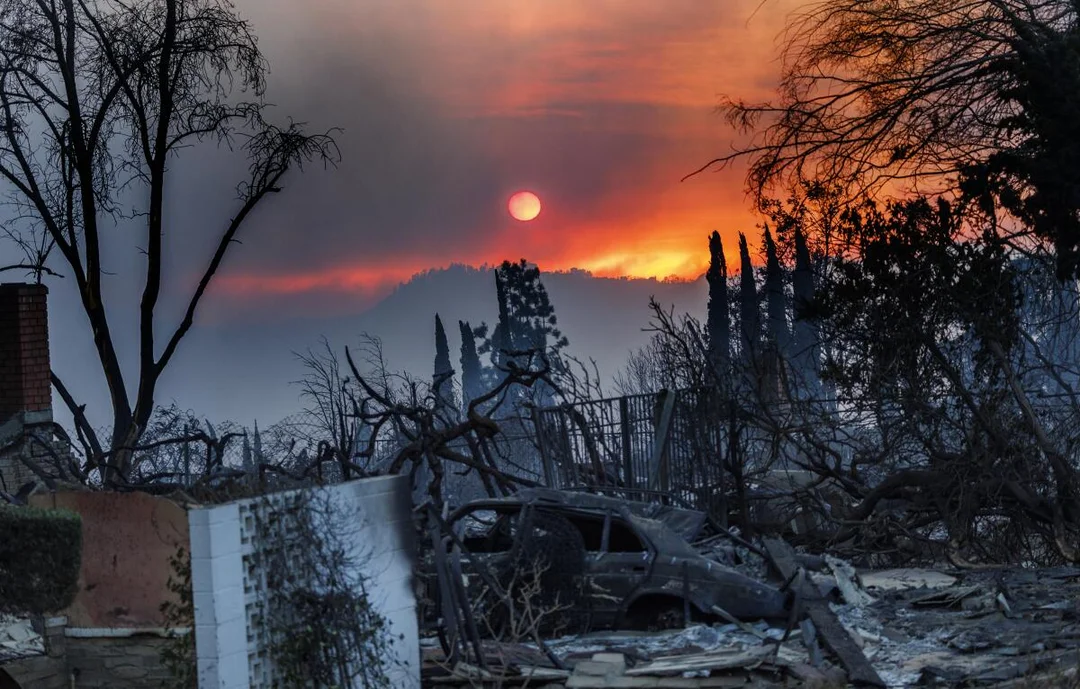
Is California’s Insurance Nightmare Dooming Homeowners’ Dreams?
In the Golden State, a growing crisis is unraveling the fabric of homeownership. California's home insurance market is in turmoil, with major insurers pulling back and premiums soaring, largely due to outdated regulations and escalating wildfire risks. This issue not only threatens financial stability for thousands of residents but also highlights broader challenges in balancing consumer protection with market realities in a state prone to natural disasters.
At the heart of the problem is Proposition 103, a 1988 voter-approved law that mandates state approval for insurance rates. This 'prior approval system' has led to what experts call 'regulatory rate suppression,' where premiums fail to reflect actual risks. According to research from the International Center for Law & Economics, California's homeowners' insurance profits have been in the red at -13.1 percent from 2012 to 2021, compared to a national average of 3.6 percent. Insurers argue they're losing money, paying out $1.09 for every dollar collected in premiums, prompting companies like AAA and Mercury to restrict new policies or seek surcharges. The result? Homeowners in high-risk areas, such as the wildland-urban interface in Altadena, are finding it nearly impossible to secure coverage.
Recent developments underscore the severity. Insurers have applied for statewide surcharges to recoup costs from massive fire claims handled by the California FAIR Plan, which required a $1 billion assessment from member carriers after January's fires. California Insurance Commissioner Ricardo Lara defends this as a necessary step to prevent market collapse, stating, 'By law, they don't have to be here,' referring to insurers' right to leave unprofitable states. However, critics like Carmen Balber of Consumer Watchdog call it an 'industry bailout,' arguing that homeowners far from fire zones shouldn't bear the burden, potentially facing extra fees of $40 to $60 annually. Letters to the editor echo this frustration, with one reader questioning why premium-payers without claims must subsidize others' losses, labeling it a 'win-win' for stockholders.
This situation reveals deeper systemic issues. Wildfires, exacerbated by climate change and development in vulnerable areas, are driving up claims, yet regulations hinder insurers from adjusting rates swiftly. Comparisons show California's premiums are nearly $700 below the national average, despite higher risks, creating a disconnect that pushes companies out. Analysts suggest solutions like repealing Proposition 103 to allow competitive pricing, coupled with state efforts in wildfire prevention, such as controlled burns and housing reforms to limit building in fire-prone zones. Without changes, the cycle of fleeing insurers and rising costs could worsen, leaving homeowners vulnerable.
In essence, California's insurance woes reflect a critical intersection of policy, environment, and economics, potentially reshaping the American dream of homeownership. Will voters push for reform, or will the status quo prevail? Share your thoughts in the comments below and help spark a conversation on how to protect California's residents from this growing threat.